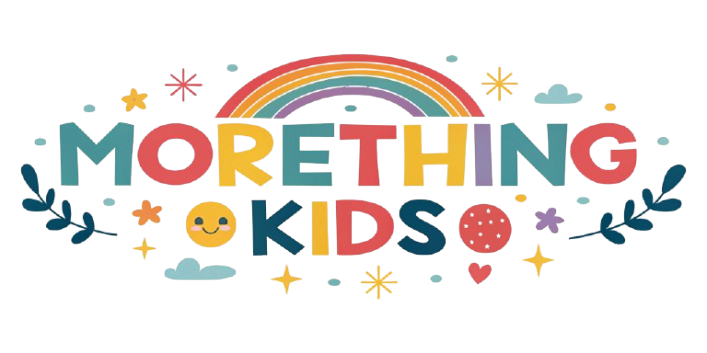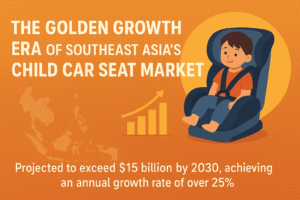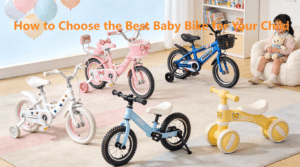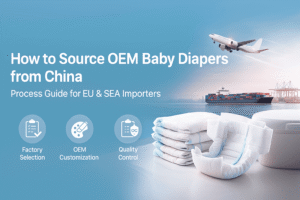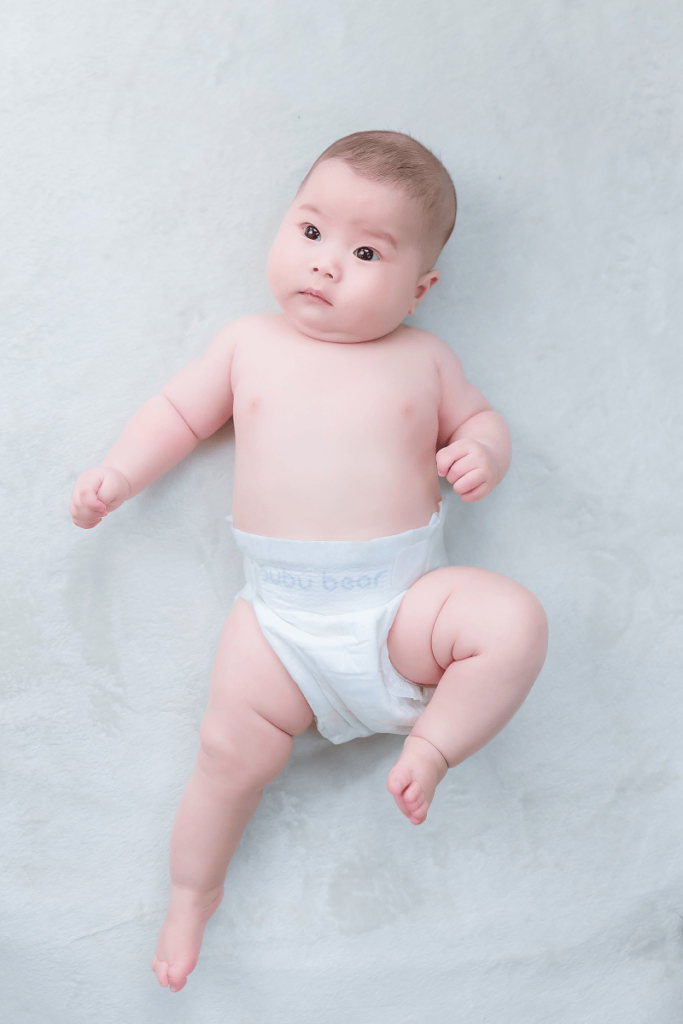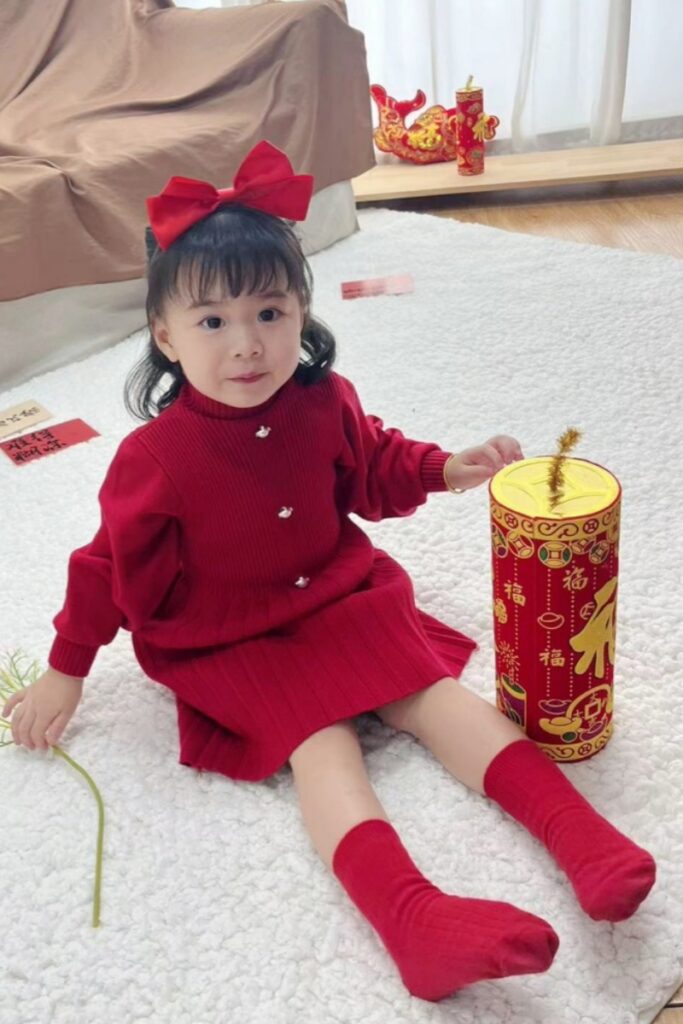When procuring safety seats, understanding the materials and manufacturing processes is critical. These factors directly impact safety performance, cost, and user experience. This guide breaks down the four key components—buffer materials, structural materials, plastic framework, and fabric materials—to help procurement professionals evaluate options and make informed decisions.
1. Buffer Materials
Buffer materials, located between the seat frame and fabric cover, absorb impact forces during collisions and enhance comfort. Here’s an overview of common options:
Foam-Based Materials
- EPE (Pearl Cotton)
- Pros: Low cost, good cushioning, resilient.
- Cons: Non-flame-retardant, poor breathability (causes sweating).
- Use Case: Low-end products; budget-driven procurement.
- EPS (White Foam)
- Pros: Moderate cost, suitable for heavy-duty impact protection.
- Cons: Brittle, poor cushioning, low breathability, reduces comfort.
- Use Case: Low-end products; limited safety performance.
- EPP
- Pros: Superior cushioning, high resilience, durable.
- Cons: High cost, moderate breathability.
- Use Case: Mid-to-high-end products; prioritizes safety.
Sponge-Based Materials
- Memory Foam
- Pros: Soft, excellent cushioning, good breathability.
- Cons: High cost, moderate durability (yellows/hardens over time).
- Use Case: High-end products; ideal for headrests or small areas.
- High-Resilience Sponge
- Pros: Moderate cost, good cushioning, breathable.
- Cons: Low durability, prone to wear.
- Use Case: Mid-range products; localized cushioning.
Innovative Materials
- Polymer X90
- Pros: Strong cushioning, excellent breathability, cost-effective, durable.
- Cons: Limited market adoption.
- Use Case: Mid-to-high-end products; high value-for-money.
- Honeycomb Aluminum
- Pros: Lightweight, high strength, excellent impact resistance.
- Cons: Very high cost, low flexibility, no shape recovery.
- Use Case: Premium products; niche applications.
Procurement Tip:
- High-end: EPP or Polymer X90.
- Mid-range: Memory foam or high-resilience sponge.
- Low-end: EPE or EPS (ensure safety compliance).
2. Structural Materials
The structural integrity of a safety seat relies heavily on its steel framework, which determines overall strength and crash resistance.
- No Steel Framework
- Pros: Lowest cost, lightweight.
- Cons: Poor strength, low safety.
- Use Case: Not recommended.
- Sheet Steel Framework
- Pros: Moderate cost, acceptable strength.
- Cons: Prone to deformation, limited impact resistance.
- Use Case: Low-to-mid-range products.
- Tubular Steel Framework
- Pros: High strength, superior impact resistance.
- Cons: Higher cost, increased weight.
- Use Case: Mid-to-high-end products.
Procurement Tip:
- Prioritize tubular steel frameworks for optimal safety. Verify via product specs or supplier-provided structural diagrams.
3. Plastic Framework
The plastic framework supports the seat’s shape and functionality, with manufacturing processes affecting strength and cost.
- HDPE Blow Molding
- Pros: Low cost, simple production, easy scalability.
- Cons: Limited functionality, moderate safety.
- Use Case: Low-end products.
- PP Single-Layer Injection Molding
- Pros: Moderate cost, decent flexibility, basic features.
- Cons: Lower strength, multiple seams reduce stability.
- Use Case: Low-to-mid-range products.
- PP Double-Layer Injection Molding
- Pros: High strength, robust impact resistance, supports advanced features.
- Cons: High cost, complex production.
- Use Case: Mid-to-high-end products.
Procurement Tip:
- High-performance needs: Opt for PP double-layer injection molding.
- Budget constraints: Consider HDPE blow molding or PP single-layer.
4. Fabric Materials
Fabric affects comfort, durability, and maintenance. Here are common options:
- Birdseye Cloth
- Pros: Breathable, wrinkle-resistant.
- Cons: Rough texture, prone to pilling.
- Use Case: Low-end products.
- Plain Cloth
- Pros: Warm, comfortable, skin-friendly.
- Cons: Poor breathability, wrinkles easily.
- Use Case: Low-to-mid-range products.
- Knitted Cationic Fabric
- Pros: Durable, breathable, soft, premium feel.
- Cons: Higher cost.
- Use Case: Mid-to-high-end products.
- Sandwich Mesh
- Pros: Highly breathable, elastic.
- Cons: Rough texture, hard to clean.
- Use Case: Specific breathability-focused applications.
Procurement Tip:
- High-end: Choose knitted cationic fabric.
- Budget-friendly: Birdseye or plain cloth.
5. Fabric Features
Additional fabric properties impact safety and usability:
- Waterproof/Stain-Resistant (Double/Triple Protection)
- Pros: Easy to clean.
- Cons: May reduce breathability.
- Use Case: Maintenance-focused products.
- Flame Retardancy
- Pros: Mandatory for safety compliance, slows fire spread.
- Use Case: Required across all products.
- Eco-Friendly (Oeko-Tex Certified)
- Pros: Free of harmful substances, skin-safe.
- Use Case: Recommended for all products.
- Removable/Washable
- Pros: Ensures hygiene, long-term usability.
- Cons: Limited by manufacturing process in some models.
- Use Case: Strongly preferred.
Procurement Tip:
- Ensure flame retardancy (legally required).
- Prioritize Oeko-Tex certification and removable/washable fabrics.
Procurement Recommendations
- Safety Priority: Select seats with tubular steel frameworks and PP double-layer injection molding.
- Material Balance: Match buffer and fabric materials to product positioning (e.g., EPP and knitted cationic fabric for high-end).
- Compliance: Verify flame retardancy and eco-certifications.
- Cost Efficiency: Balance performance and budget based on target market.
This guide equips you to assess safety seat options systematically, ensuring quality and cost-effectiveness in your procurement process.
